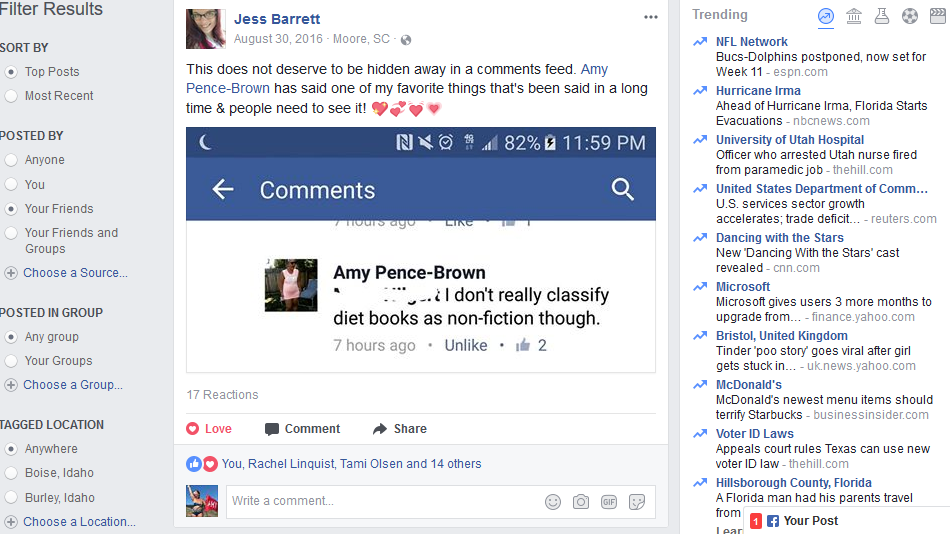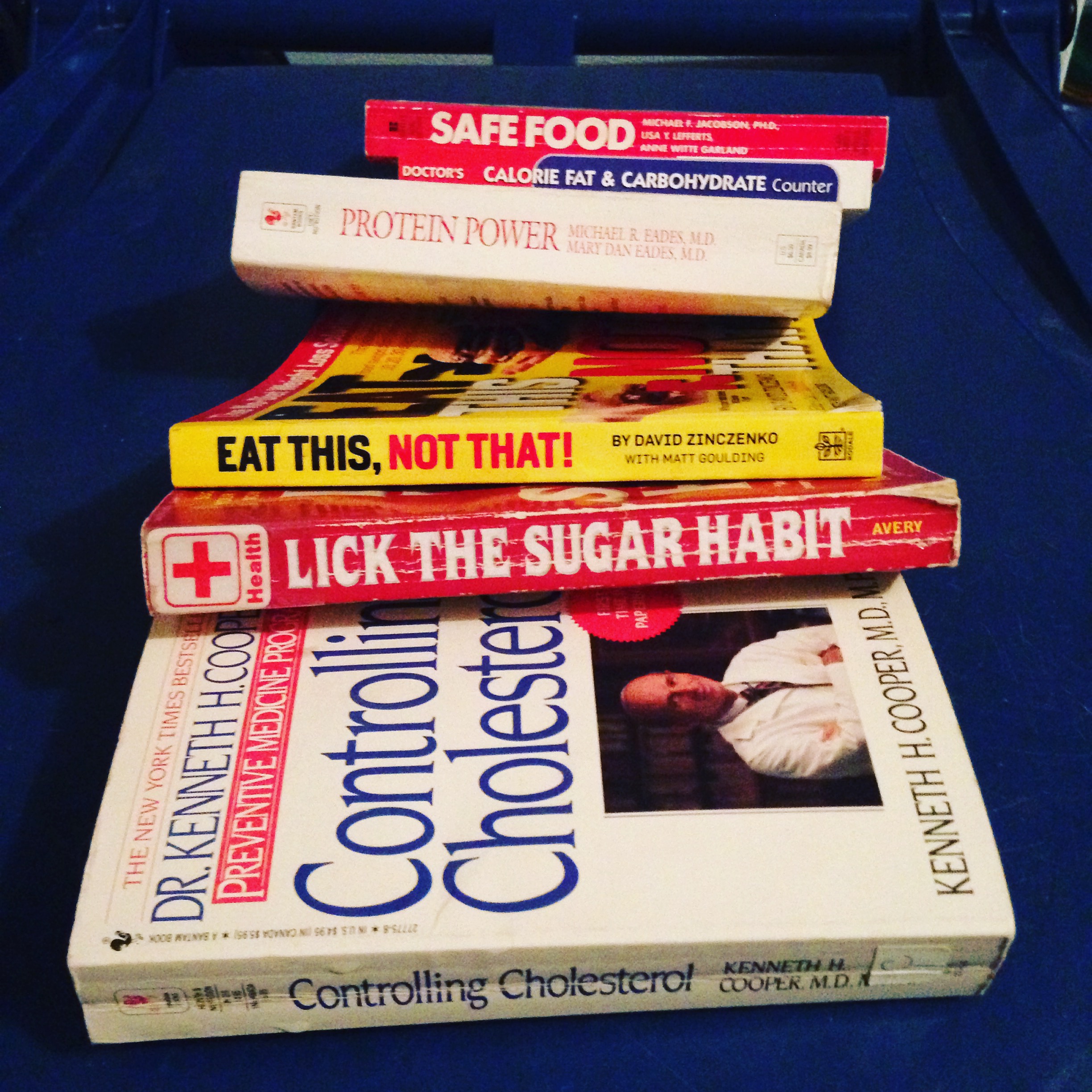Last week I got banned from Facebook for posting my #metoo story, sharing just a small portion of the sexual harassment and violence I've experienced in my life. I did not share any photos with any nudity. I wrote a pretty simple post that read:
“A year ago I wrote this and some of it happened twenty years ago and some of it happened yesterday and some of it happened to my 13yo daughter and to you and will keep happening again and again. Here’s to telling our stories and standing up and being heard and changing the narrative. TW: for this blog post I wrote about a year ago #metoo”
I linked to a blog I wrote a last year called Boys Will Be Boys with some cropped and edited images of nude men I’ve been assaulted with over the past two years. Ironically, these men use this very platform to sexually violate me yet I’m the one punished for calling them out. Additionally, this #metoo post was up on my public profile page for four days (and has been successfully shared on Facebook several times over the past year) before an attempt to silence my voice by reporting this post wrongly as sexually explicit material worked - Facebook erroneously ruled in the favor of some angry (presumably based on another interaction) male "fan."
Revolt, a self-portrait from a 2017 body of work called Mother Figure
But they won't break my spirit, I won't let ’em win
I’ll just keep on living, keep on living, oh
The way I wanna live
I've written and spoken on gender-based violence and sexual violence and patriarchy and misogyny and standing up and speaking out so many times. Here and here on this blog and in my TEDx talk and on Instagram and in classrooms and auditoriums and on radio shows and in magazine interviews.
And the more amplified my message is and the more platforms I'm on, the more serious the attempts to silence my voice are. This is not the first time I've been unfortunately banned from Facebook by someone trying to stop my radical words of love and it certainly won't be the last. (The first time was a few months ago by a woman in a private selfies for self-love Facebook group I'm in who didn't approve of my nude bathtub photo.) And if these people knew me at all, they'd know that all the times they shout "no" and "shut up" pour gas on my flames igniting more "YES" and "TELL IT." And this minor break this week from this particular social media platform gave me some much needed time to plan and implement some pretty important new work. And truth be told, I'm currently dealing with a lot more dangerous threats to silence my voice than just removing my ability to speak on Facebook for a few days. It's been heavy and stressful.
Adult alphabet cards by Boise artist Bingo Barnes, purchased at Wintry Market 2016 (which is coming up again, BTW, and you should totally come! Nov 18-19, 2017 at JUMP Boise
I got too many people I got left to prove wrong
All those motherfuckers been too mean for too long
As a perpetually positive person, when I'm feeling this way I try to find good things happening and to look forward to. So, to all the bastards and, more importantly perhaps, the rest of you who believe we can make real change, here's a little list of things I'm currently thankful for:
- New directions and possibilities and educational ways I'm moving this revolutionary feminist work in body liberation forward.
- Other brave folks who have shared their difficult #metoo stories this past week.
- Some spectacular women who are also not afraid to speak up and use their voices to change and make a difference, including friends on Facebook who shared my story in solidarity and in hopes of helping my appeal this weekend and sharing the notion that we should stop victim blaming because that just deepens the burden of unnecessary shame.
- The crew of junior high school girls who were in my car on Friday after their Activism Club meeting at school and told me about how they hand-painted 20 signs to hang in their hallways educating themselves and their young friends on sexual assault sharing phrases about unfortunate stats and how no means no.
- And having this inspirational new music by another woman who's found her voice and is letting it rip forth with power on repeat on my CD player helps immensely. Thanks, Kesha, for the soundtrack to some brutal and beautiful days.
Don’t let the assholes wear you out
Don't let the mean girls take the crown
Don't let the scumbags screw you 'round
Don’t let the bastards get you down
Image: Pinterest, source unknown




















































































































































